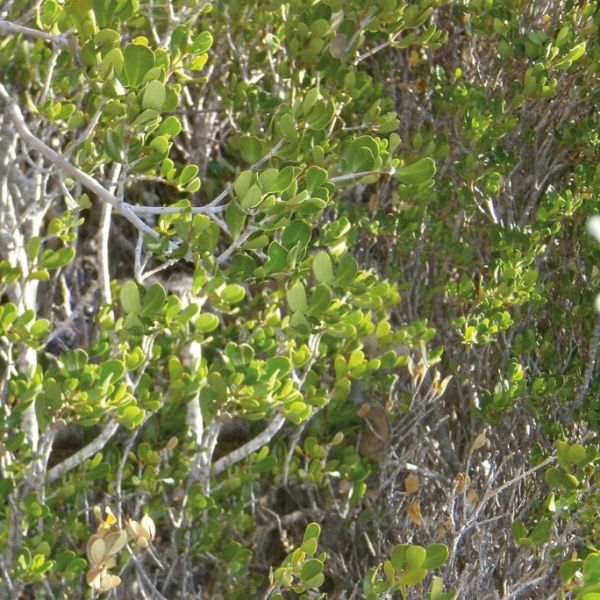| Latin Name : | Cinnamosma fragrans |
| English Name : | Mandravasarotra, saro |
| French Name : | Saro, mandravasarotra |
| Family : | Cannellaceae |
| Origin : | Madagascar |
History and Origin
Indigenous to Madagascar, mandravasarotra is evergreen and very aromatic. It typically grows under vegetative cover in dense and dry forests. It can grow up to five meters high and is recognizable by its glossy leaves. Saro is also called “mandravasarotra” meaning, in Malagasy, “that keeps illnesses away”, and representing a generic term applied to plants used to neutralize spells. Locals also use it as a tonic before any action requiring great physical effort. Traditionally, Malagasies use it for its respiratory, anti-infectious and immune-stimulating properties. It is a plant that stimulates the body’s natural defenses. Roots are used against coughing, asthma and dysenteries. A liquid extracted from the leaves serves for its highly effective healing properties in the treatment of wounds and abscesses. Presently, the production of saro is organized by Aroma Forest through a partnership with the NGO L'Homme et l'Environnement in order to support local communities in the North-West of Madagascar and the conservation of the natural environment. Today, Saro is known for its major therapeutic properties and presented a growing number of aromatherapy books. Gas chromatography analysis indicates that saro is a close relative of Cinnamomum camphora, also from Madagascar, but more hardly viable as a production. Their chemical components are very similar. Pharmacological research in the United-States seems to indicate that some of the molecules of saro essential oil possess innovative therapeutic indications relating to the formation of memory, appetite and emotions regulation, etc. ». This research also demonstrates antioxidant and anti-ageing effects that can be put to contribution in the preparation of anti-wrinkle lotions.







